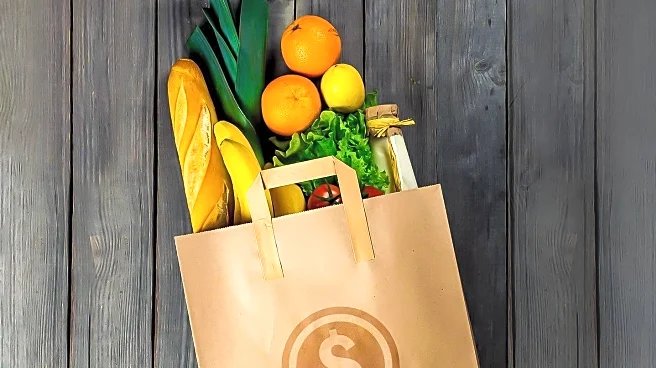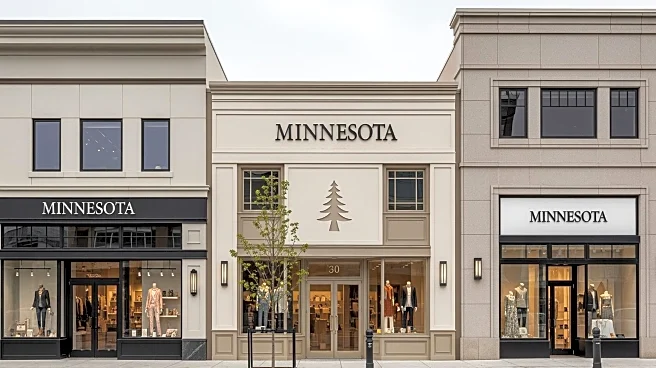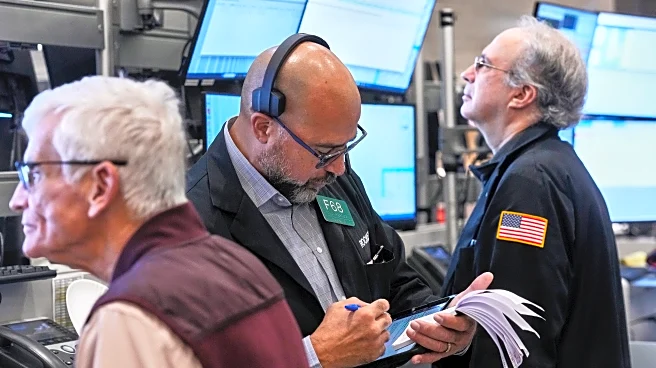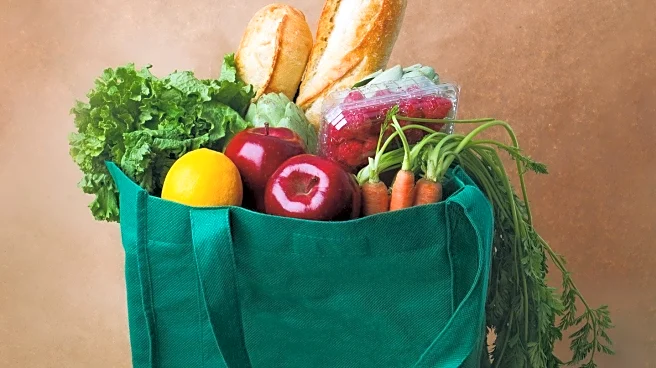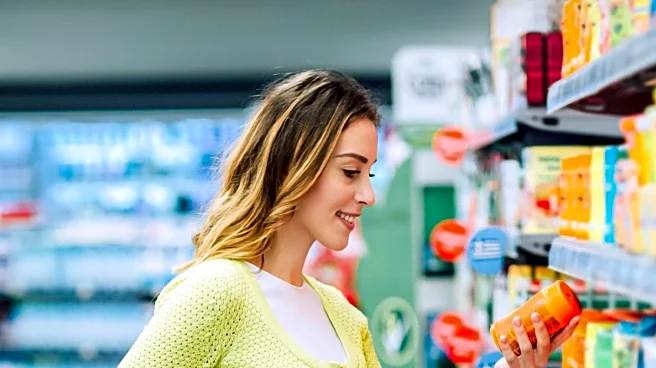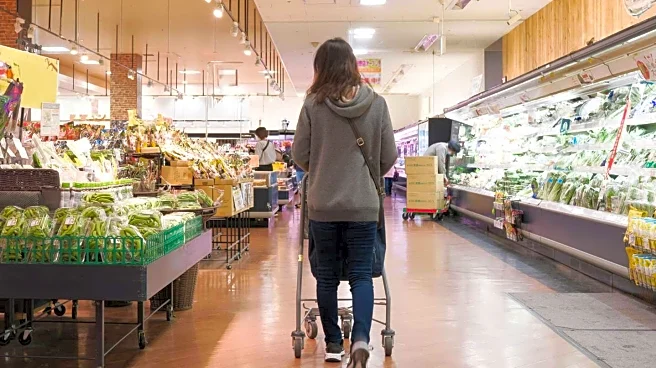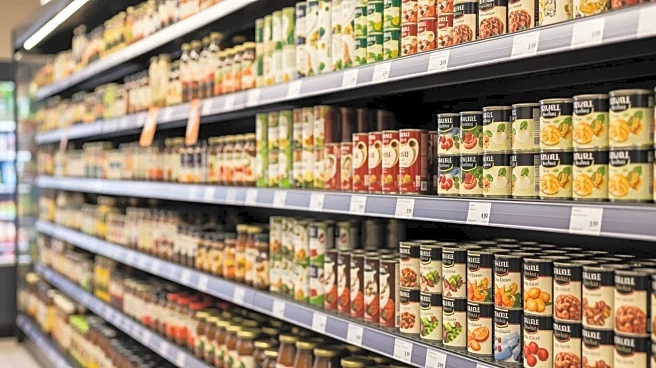What's Happening?
The Aisle app, launched in 2021, is gaining popularity among consumers looking to save on grocery bills amid rising inflation. The app offers cash back on grocery and personal care products at major stores, including Whole Foods, Wegmans, Target, Kroger,
Walmart, Key Foods, and 7-Eleven. Users can browse deals, claim discounts, and receive cash back by submitting receipts after shopping. The app features offers from independent brands like Hopwtr drinks and Realsy nut butter-filled dates, although private label brands like Trader Joe’s are not included. The app is currently available for iPhone users, with Android users accessing it via the website.
Why It's Important?
With grocery prices soaring due to inflation, consumers are increasingly seeking ways to reduce expenses. The Aisle app provides a practical solution by offering cash back on purchases, which can alleviate financial pressure on households. By promoting products from independent brands, the app also supports smaller businesses, potentially diversifying consumer choices. The app's growing popularity reflects a shift towards digital solutions for everyday savings, highlighting the importance of technology in personal finance management.
What's Next?
As the app continues to gain traction, it may expand its offerings to include more brands and stores, potentially increasing its user base. The success of Aisle could inspire similar apps, leading to increased competition in the digital savings market. Users may see more personalized deals as the app collects data on shopping habits, enhancing its appeal. Additionally, the app's expansion to Android users could further boost its popularity and accessibility.
Beyond the Headlines
The rise of apps like Aisle underscores a broader trend towards digital transformation in retail and consumer savings. This shift may influence traditional coupon distribution methods, pushing retailers to innovate in how they offer discounts. The app's focus on independent brands could also encourage larger chains to collaborate with smaller producers, fostering a more diverse retail ecosystem.
